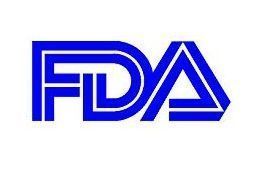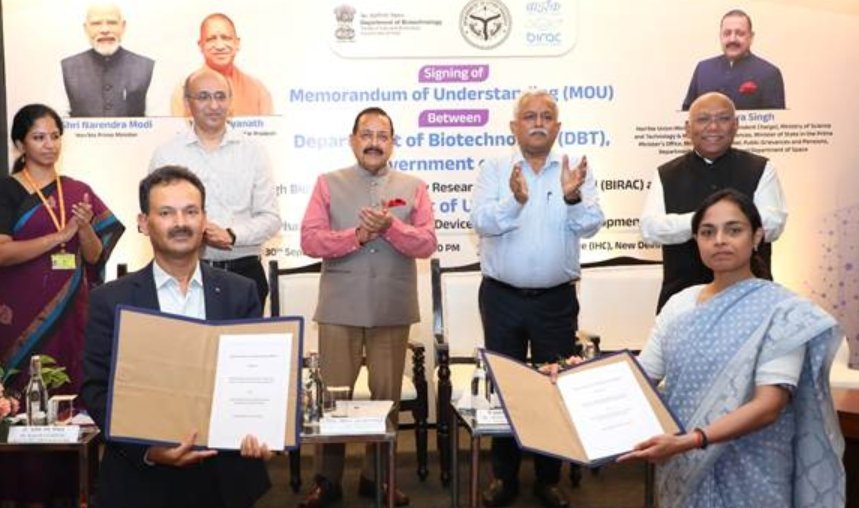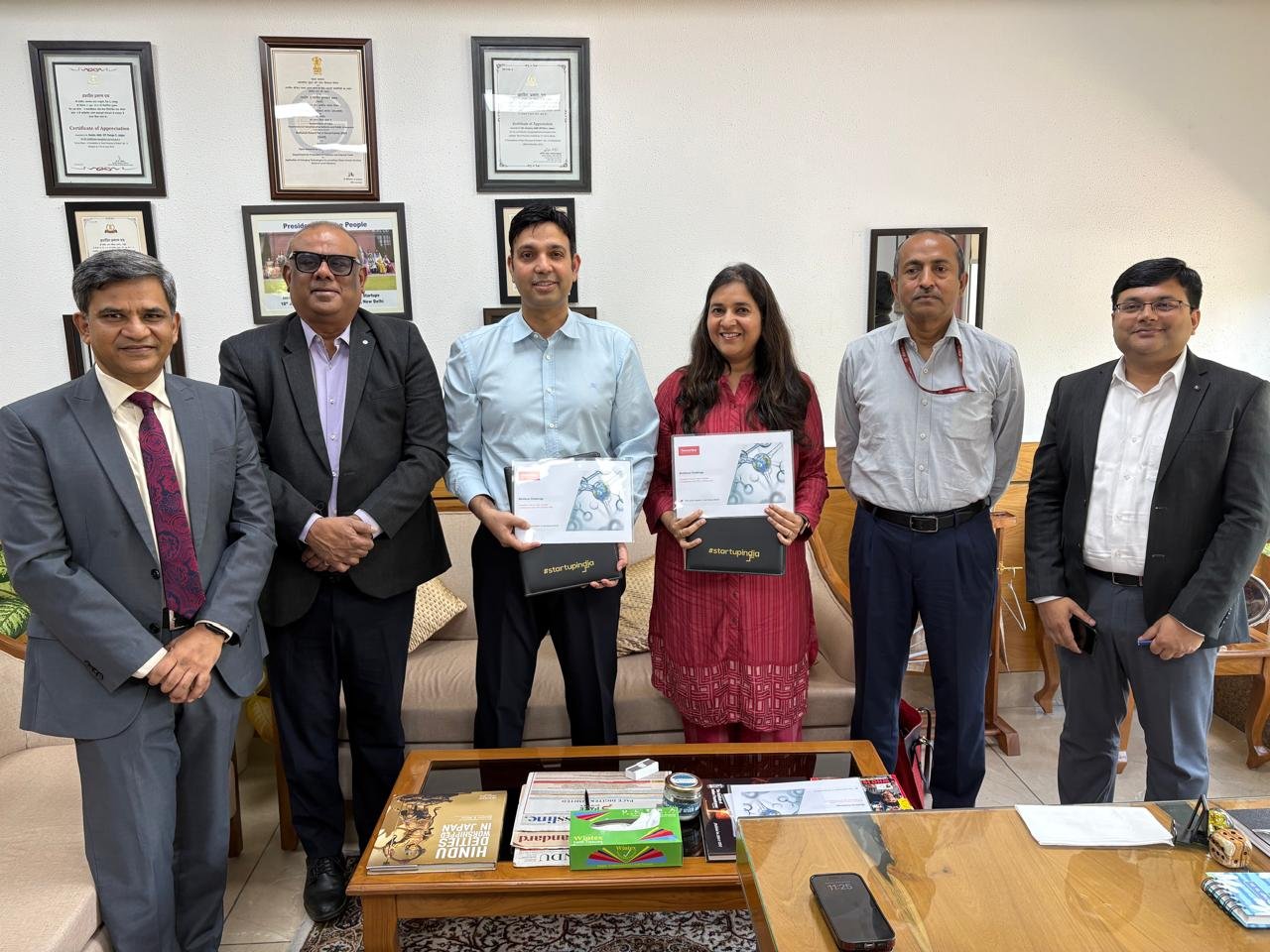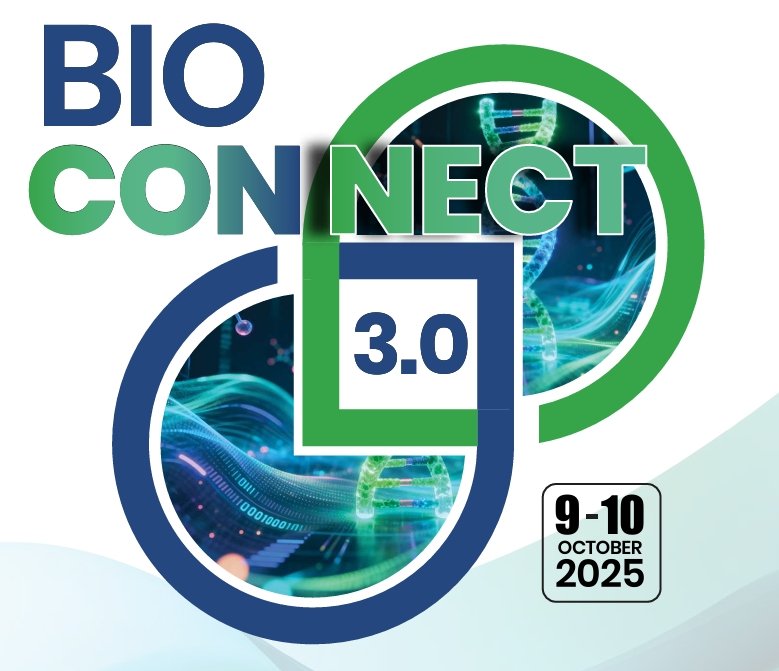FDA eases norms to reduce clinical trial costs
August 14, 2013 | Wednesday | News | By Rahul Koul Koul
FDA eases norms to reduce clinical trial costs
In a move that will reduce time and cost of bringing new drugs to market, America's drug regulator, Food and Drug Administration (FDA) has introduced new clinical trial guidelines that encourages and approves more centralized, risk-based monitoring of data instead of costly and time-consuming on-site data verification.
The new guidance norms, an updated versions of FDA's 2011 clinical trials guidelines, were unveiled on August 7, 2013. It is called, " Oversight of clinical investigation-a risk-based approach to monitoring." Earlier, FDA had preferred 100 per cent on-site verification clinical trials data by companies that do this work for pharma firms. The new guidance applies for all trials of drugs, biologicals and medical devices.
FDA's new norms are seen as an attempt to mute widespread industry criticism of the regulator over its stringent on-site data monitoring norms that escalate the cost of trials besides adding to more development time cycles. Industry insider estimate that about 10 per cent of the costs of a new drug development is attributed to on-site verification costs. Modern drug trials take place across many continents and multiple far-flung locations.
Now FDA is okay with drug sponsors taking up on-site verification of clinical trial data generated only at sites considered to be risk-prone to manipulation. For all other cases, centralized monitoring of data using various technology tools are preferred.
FDA says that incorporation of centralized monitoring practices, where appropriate, should improve a sponsor's ability to ensure the quality of clinical trial data. It also says that several (research) publications suggest that certain data anomalies such as fraud, including fabrication of trial data, and other non-random data distributions may be more readily detected by centralized monitoring techniques than by on-site monitoring.
It has also been suggested that a statistical approach to central monitoring can "help improve the effectiveness of on-site monitoring by prioritizing site visits and by guiding site visits with central statistical data checks."
FDA had used a survey, conducted through the Clinical Trials Transformation Initiative (CTTI), a consortium of all stake holders involved in drug development, to collate the various types of monitoring undertaken during clinical trials. For major efficacy trials, companies typically conduct on-site monitoring visits approximately at 4-8 week intervals because of the perception that such visits will ensure 100 per cent compliance of trial processes.
Another recent review of on-site monitoring data of a large multi-center international trial along with centralized monitoring analysis of the same data indicated that there was no appreciable differences in the findings. In fact, centralized monitoring process detected more than 90 per cent of the findings done by on-site monitoring of the clinical trial.
Industry leaders are extremely happy with the changed FDA guidelines. Many, however, feel that sponsors may use the new risk-based monitoring only for Phase-2 and Phase-4 clinical trials and will continue to do on-site monitoring of critical Phase-1 and Phase-3 trials of human volunteers, where the stakes are very high.
In fact, the new guidelines state that, "Supplement or reduce the frequency and extent of on-site monitoring activities that can be done as well or better remotely or with monitoring activities that can be accomplished using centralized data processes only."
In recent years, Clinical Research Organizations (CROs) have started using information and database technologies in a big way to store and analyze the voluminous amount of data. With the FDA encouraging such practices in a big way, a new era of business opportunities will most likely emerge for IT companies worldwide to develop more applications, suited for centralized monitoring of clinical trial data.
The report can be downloaded from the below link.
http://www.biospectrumindia.com/edm/FDA%20guidance/FDA%20guidance.pdf










